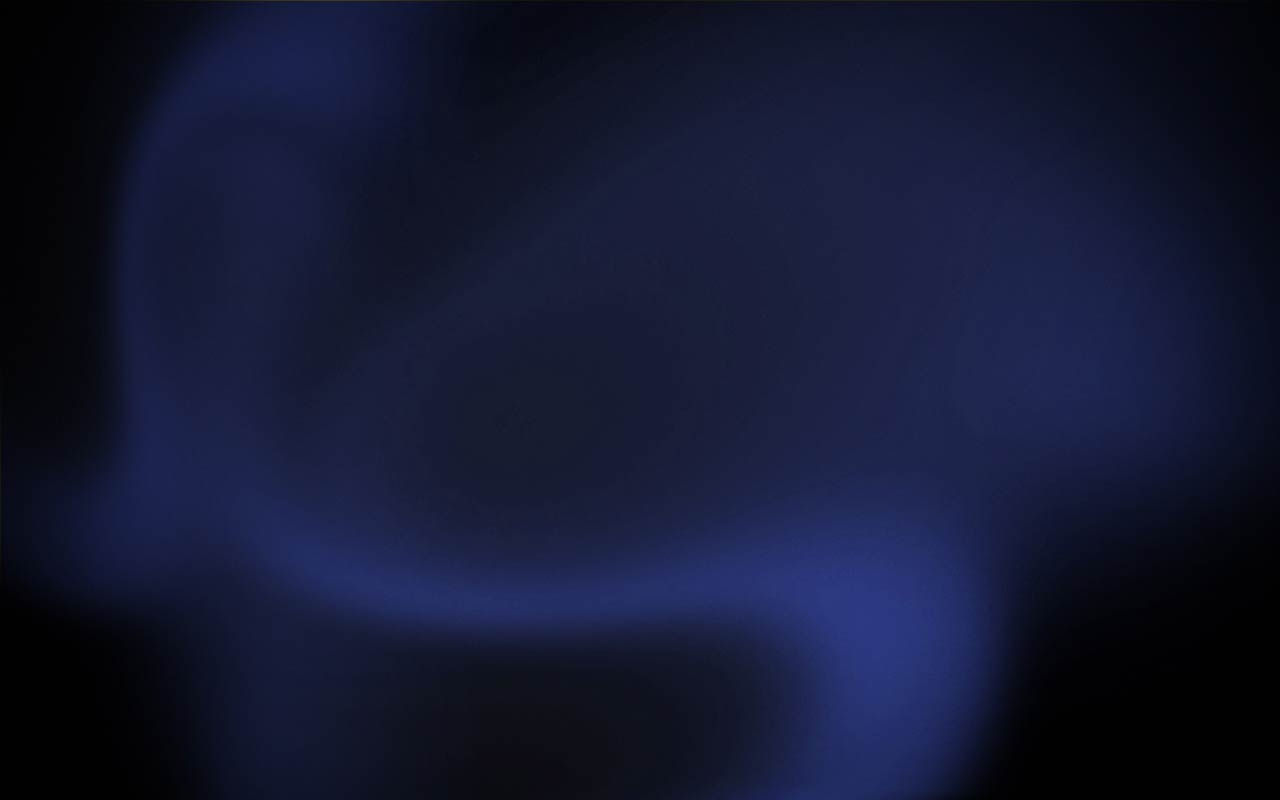
Quantum
Gravoelectrodynamics
HISTORY
In 1820-1830 Johann Carl Friedrich Gauss invents intrinsic differential geometry. Georg Friedrich Bernhard Riemann in 1854 has to give a trial lecture to become a privatdozent. Gauss chooses the topic, he has been working on this topic for over 60 years, and is impressed by Riemann's lecture. The lecture "On the Hypothesis which lie at the Bases of Geometry" is about the foundations of geometry and its relation to gravitation, electromagnetism and light. In 1923 Louis Victor de Broglie draws a comparison between electromagnetism and matter, EM can be seen as a particle and as an electromagnetic wave therefore matter can be seen as a particle and as a matter wave. Several papers (1955-1957) are created by John Archibald Wheeler and his coworkers in this area as well. The basis of his geometrodynamics program was to understand and derive the laws of physics by analyzing the dynamics of geometry.
In deriving everything in Gravoelectrodynamics we have used calculus as is traditionally done in physics. By using calculus we have made our analysis classical in nature. Calculus tells us that if we can know the exact position and then take a derivative we will find the exact velocity for that position. From the uncertainty principle (UP) we find that we can not know both the exact position and exact momentum simultaneously. This is in contradiction to our derivation of calculus. Let us look at the definition of a derivative again.


By contrasting classical physics (based on calculus) and quantum mechanics (based on a different form of analysis) we extend the historical analogy between the two, charge (understood through EM) and matter (understood through general relativity).
From this we can see the actual tangent line, the velocity associated with the given position.